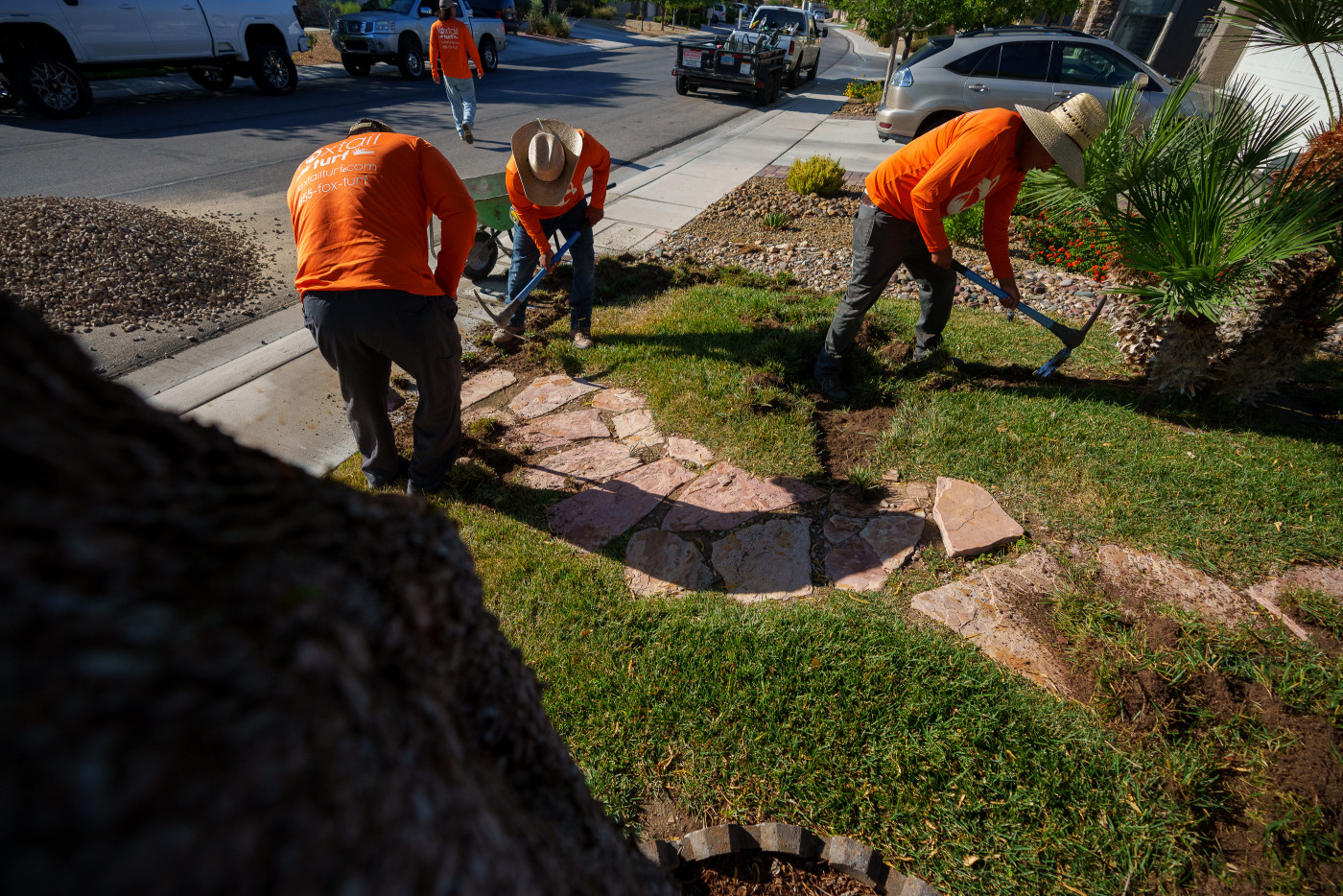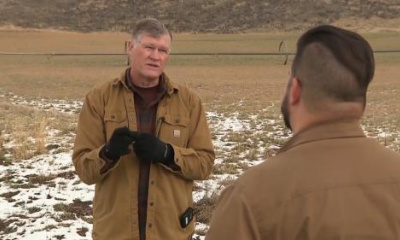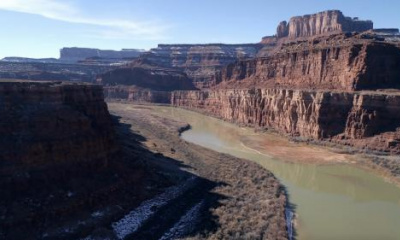HERRIMAN, Utah — Some days, Shauna Purser really likes her lawn. Other days, she doesn't like it so much.
"Very, very mixed feelings. There’s some things I love about it," she told FOX 13 News. "Obviously, I think it’s beautiful. I think it looks really good and it always looks good."
Watch the story here.
Purser tore out the grass in her backyard two years ago and replaced it with artificial turf. She has a pool and a hot tub and it was a matter of convenience.
"As the kids were running back and forth, they’d be dragging grass in and out, in and out," Purser said. "As well as we’d have burn spots from the dogs when they peed on the grass and we got tired of that. So we thought, this is the answer."
It's very easy to maintain. Her husband doesn't mow it. Instead, he takes a vacuum to it to clean up any debris. Year round, it looks well maintained and green. Looking at it? You'd think it was just a well-manicured green grass lawn. It feels similar. But Purser said there are disadvantages.
"It gets so hot, especially these summer months, the kids burn their feet on it and can’t even run around on it. So we’ll go ahead and sprinkle it down to cool it down," she said. "Obviously, I’m not using the same amount of water I would as if I was watering."
She also warned about the occasional smell of pet urine.
"I've heard other people complain about that too," Purser said. "Other people say they don’t have that problem."
Artificial turf has been dropped from some of Utah's biggest water districts for landscaping rebates in the overall effort to persuade people to ditch "non-functional turf" in favor of more water-wise landscaping. Weber Basin, Central Utah and Jordan Valley water conservancy districts have all opted not to offer the incentives for it.
"Primarily because we really want to encourage water-wise landscaping," said Kelly Good, the community engagement manager for the Jordan Valley Water Conservancy District. "We do not want to see a bunch of aridification of our landscapes."
LINK: How to get paid to rip out your lawn, a user guide
Good said the Jordan Valley Water Conservancy District would not block people from using artificial turf, if they wanted. They just won't qualify for the rebates of as much as $3 a square foot of turf it's replacing.
"We won’t disqualify you for having artificial turf. It’s just not incentivized," she said. "So as long as your project meets other landscaping requirements you can get reimbursed for the parts that are landscaped. They also can keep grass if they want an area of grass for their pets or kids."
The Washington County Water Conservancy District told FOX 13 News it will continue to offer rebates if people opt for artificial turf, so long as at least 50% of their total landscaping is plant and tree cover.
There are reasons artificial turf must be carefully considered or minimized in use, said Dr. Kelly Kopp, who specializes in grass and water conservation at Utah State University. The biggest impact is heat.
"This material? In the summer months can be as much as 60 or 70 degrees hotter than natural grass," she told FOX 13 News. "So we are talking about burning levels of heat."
Dr. Kopp said there are also concerns about the chemicals used to make artificial grass and their impacts on the environment. Artificial grass has an eight to 10 year shelf life before it needs to be replaced, she added.
Still there are some advantages to it, Dr. Kopp said. In sports fields, it can extend the length of playing time (indeed, Utah State University and the University of Utah both use artificial grass on their fields).
Across Utah, different cities have taken different approaches to artificial turf. For example, Salt Lake City and Provo have banned it in residential landscaping. St. George and West Valley City have legalized it. Ogden and Orem have restrictions on where it is appropriate to use it.
Dr. Kopp has argued against replacing all grass because it does help cool things. She is even one of the creators of a special blend of turf grass that uses significantly less water in Utah's environment.
"Let’s take a balanced approach," she argued. "Let’s maintain landscapes, let’s maintain the cooling we get from them, the functionality, the aesthetic beauty, and still save water. We can do that."
Purser, who got no incentives or rebates to replace her backyard, said she is torn about whether to do another artificial lawn or if she'd recommend it to others.
"I think it’s going to be a completely personal decision," she said.








